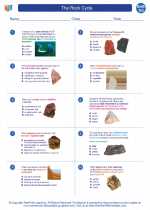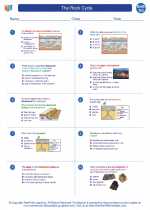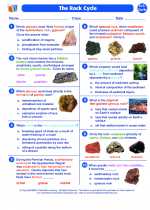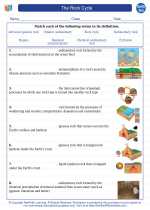Testes
The testes are the male reproductive organs responsible for producing sperm and the hormone testosterone. They are located outside the body in a sac called the scrotum, which helps regulate the temperature of the testes for optimal sperm production.
Anatomy of the Testes
The testes are oval-shaped glands, about the size of a small plum. Each testis is composed of seminiferous tubules, where sperm is produced, and interstitial cells, which produce testosterone. The testes are also connected to the rest of the male reproductive system through a network of ducts, including the epididymis, vas deferens, and urethra.
Function of the Testes
The primary function of the testes is the production of sperm through a process called spermatogenesis. Sperm are produced in the seminiferous tubules and then stored and matured in the epididymis. Additionally, the testes secrete testosterone, which is responsible for the development of male secondary sexual characteristics, such as facial hair and deepening of the voice.
Common Disorders of the Testes
Some common disorders of the testes include:
- Testicular cancer: A type of cancer that develops in the testes and can be detected through self-examination or medical imaging.
- Testicular torsion: A condition in which the testis twists on the spermatic cord, cutting off its blood supply and requiring immediate medical attention.
- Testicular trauma: Injuries to the testes from blunt force or trauma, which can lead to swelling, pain, or other complications.
Study Guide
When studying the testes, it's important to focus on the following key points:
- Anatomy of the testes, including the structure and function of the seminiferous tubules and interstitial cells.
- The process of spermatogenesis and the role of the epididymis in sperm maturation.
- The production and function of testosterone, and its role in male reproductive physiology.
- Common disorders of the testes and their symptoms, diagnosis, and treatment options.
Additionally, it's helpful to understand the interconnectedness of the testes with other male reproductive organs, such as the epididymis, vas deferens, and urethra.
Remember to review diagrams and illustrations of the male reproductive system to visualize the location and structure of the testes within the broader context of the male reproductive anatomy.
Good luck with your studies!
.◂Earth Science Worksheets and Study Guides High School. The Rock Cycle

 Worksheet/Answer key
Worksheet/Answer key
 Worksheet/Answer key
Worksheet/Answer key
 Worksheet/Answer key
Worksheet/Answer key
 Vocabulary/Answer key
Vocabulary/Answer key
 Vocabulary/Answer key
Vocabulary/Answer key
 Vocabulary/Answer key
Vocabulary/Answer key
